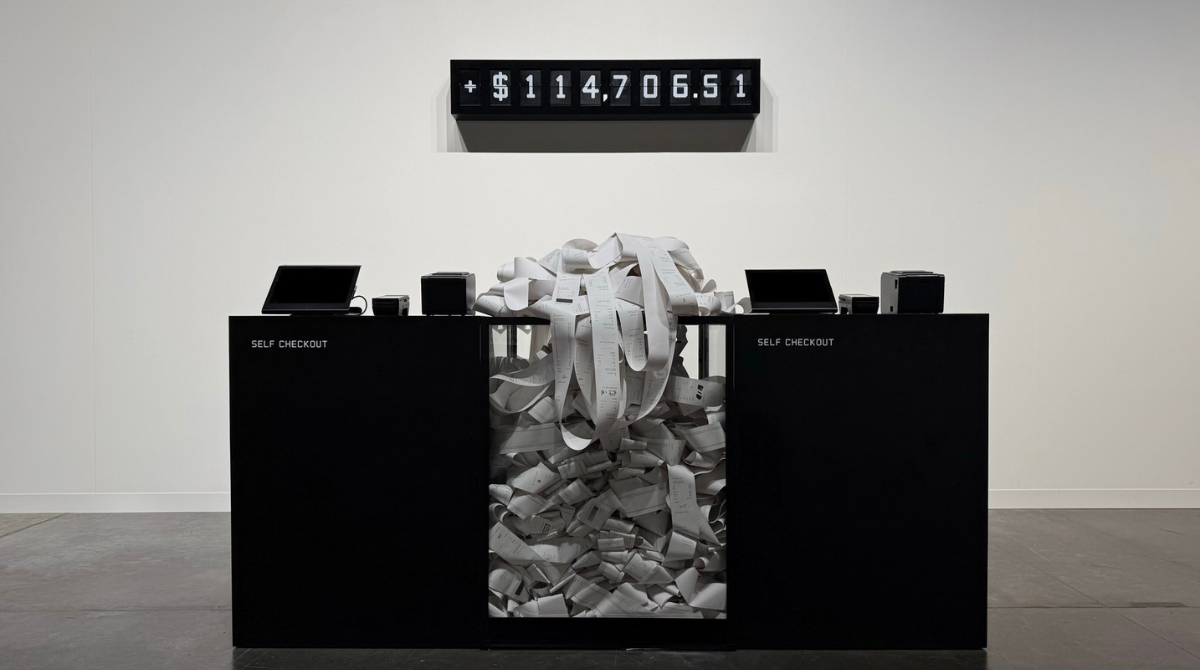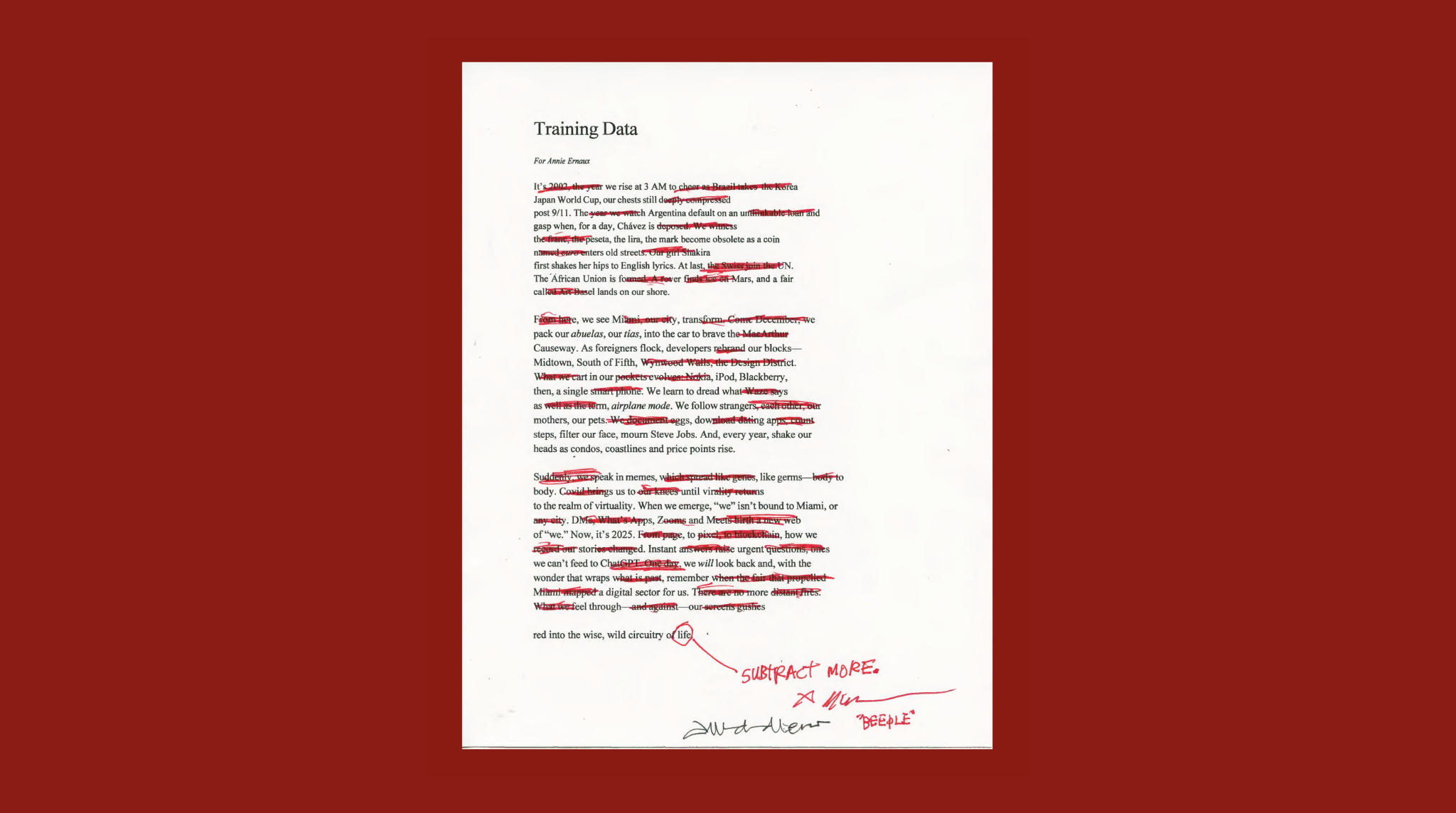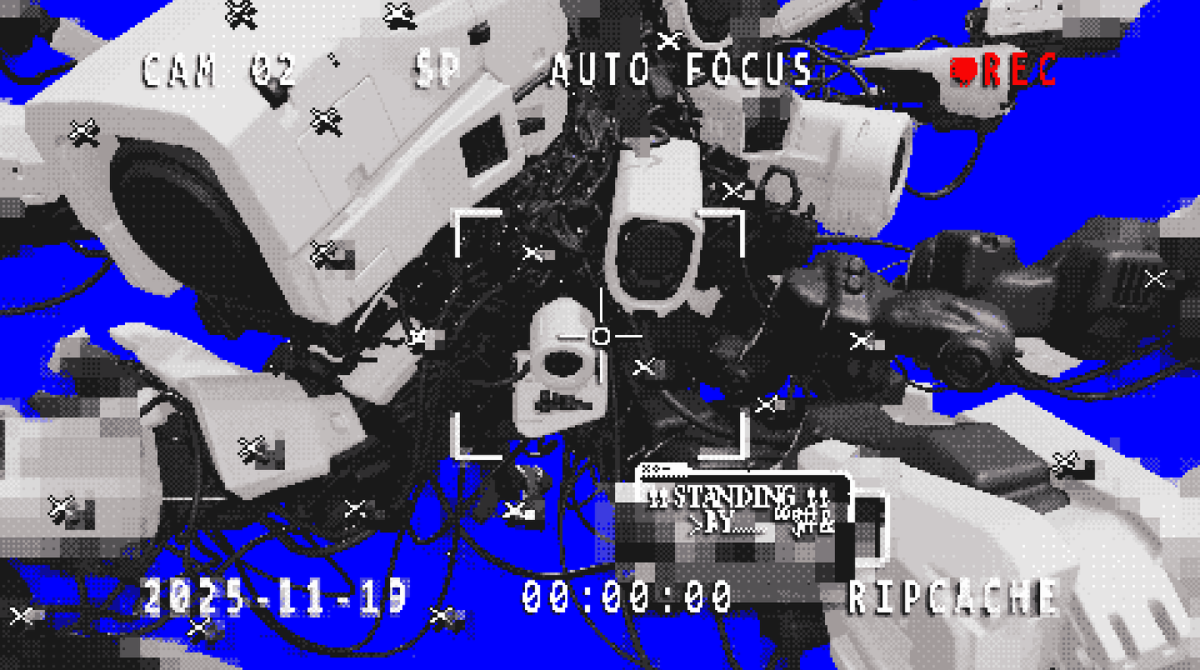I want to share my perspective on OpenSea’s efforts to protect against plagiarism, IP infringement, and fraud. We at OpenSea feel a huge responsibility to ensure our users are safe, while also providing the most expansive, inclusive access to the NFT ecosystem possible.
Trust, safety, and customer experience are core focus areas for us, starting with transparent user guidelines and policies, laid out in our Terms of Service. Our Terms set the baseline for what is and isn’t allowed on OpenSea, and serve as an important guide for the community and broader ecosystem – since not all NFT marketplaces abide by and enforce the same rules.
Plagiarism, IP infringement and theft are all prohibited under our Terms. But at our scale, comprehensive policies aren’t enough. So we pair them with systems – both product and human-led – that evolve with the NFT ecosystem.
Product and Tech Solutions
In the first half of this year, we’ve built a few significant technical systems that help us encourage authentic content and reduce fraudulent content:
- We recently launched a new verification system that identifies authentic accounts and content more prominently. This helps keep scammers out, and makes it easy for fans to discover the content they’re looking for. Our goal is to extend the new verification system broadly to more creators in the coming months.
- Our copymint prevention system is the most sophisticated spam and fraud reduction tool we’ve built. It uses image recognition technology to scan NFTs and identify potential duplicates – including flips, rotations, and other permutations. Since launch, it’s identified and removed a significant number of existing copymints from the platform; and we’re in the process of scaling the system to prevent new instances of copyminting before they even appear on OpenSea (though they will still exist on public blockchains).
- Last, we’re constantly improving search functionality to help people find authentic content. We do this by boosting badged and highly-visited collections (when there are multiple candidates with the same names), making copymints unsearchable, and deranking collections with suspicious activity.
While these are the newest systems to join our arsenal, they’re by no means the extent of our Trust and Safety efforts. We’ve also made a number of product improvements to help our teams operate more effectively, and help users take action when issues arise:
- In-Product Reporting – we have an active in-product reporting system that our Trust and Safety team monitors 24/7 to remove suspicious items found by users.
- Account Compromise Tool – we built a self-help account compromise tool, so in the event of a wallet compromise, users can prevent NFTs in their wallet from being listed using the OpenSea interface.
- Proactive Account Suspensions — we proactively block suspected bad actors from using our services.
- Smart Moderation Tools – we’ve built smart moderation tools to review and take action on problematic collections.
Human-Led Enforcement and Moderation
Beyond tech, we’ve also invested heavily in human-led systems via our Community, Customer Support and Trust and Safety teams. We are pleased with our progress across this and other key metrics:
- First, we’ve massively grown the team to more than 200 dedicated people in the first half of the year.
- In May alone, we’ve had an average time to first response of <24 hours.
- In the past year, we’ve created both an easy-to-follow DMCA and IP takedown process and a proactive takedown process. In May, we had an average time to first response <12 hours.
- As of March, we’re proud to offer 24/7 support at support.opensea.io and Discord.
- As of this week, we now offer support via Twitter DMs, in addition to Discord, our Help Center, and email.
Our work on Customer Support and Trust and Safety is ongoing; and to support all this progress, we’ve made senior hires across the team – in Ops, Engineering, Product and Moderation – to help us get more strategic about our response and enforcement.
What’s Next for Trust and Safety at OpenSea
This is just a sampling of our tech and human-led efforts to protect OpenSea users. Through the remainder of 2022, you can expect to see significant Trust and Safety investments in a few key areas, including:
- Theft and scam prevention. This is a multi-faceted issue that requires marketplaces (like OpenSea), wallet providers, and others to work closely together. Our next step in this battle is to automatically hide suspicious NFT transfers, to lower their visibility on individual profile pages. Though malicious transfers will always exist on public blockchains, we want to hide them from view on OpenSea. We’ll have more on this soon — and much more in the coming months.
- IP infringement across the Internet. NFTs are public-facing and live on blockchains as historical records, but we’re working hard to prevent them from being shown on OpenSea. We plan to spend the next quarter building proactive solutions, like creating greater protections around transferred NFTs, reducing spam, and partnering with third parties and creators of all sizes. We’ve begun working with key rights holders to build image-detection models for automatic takedowns, and will expand this work tremendously in the coming months.
- Scaling review and moderation. To scale review and moderation, we’ve established a dedicated moderation team, and are adding critical auto-detection methods for copyright issues and other vectors of fraud. This will help ensure faster response times on critical items – and in many instances, help stop spammy and scammy items that exist on public blockchains from being seen at all, on OpenSea.
- Cutting down critical response times in high-touch areas. We are also investing more heavily across critical areas of users issues to pull our average response times below 24 hours.
With new technology and rapid user adoption come novel challenges. We recognize that as leaders, we have a responsibility to play an outsized, active role in solving these issues. To that end, our number one objective as a company is to improve Trust across our product – and to continue building the best team to do it. More to come soon.





.avif)
.png)

.png)
.png)



.png)